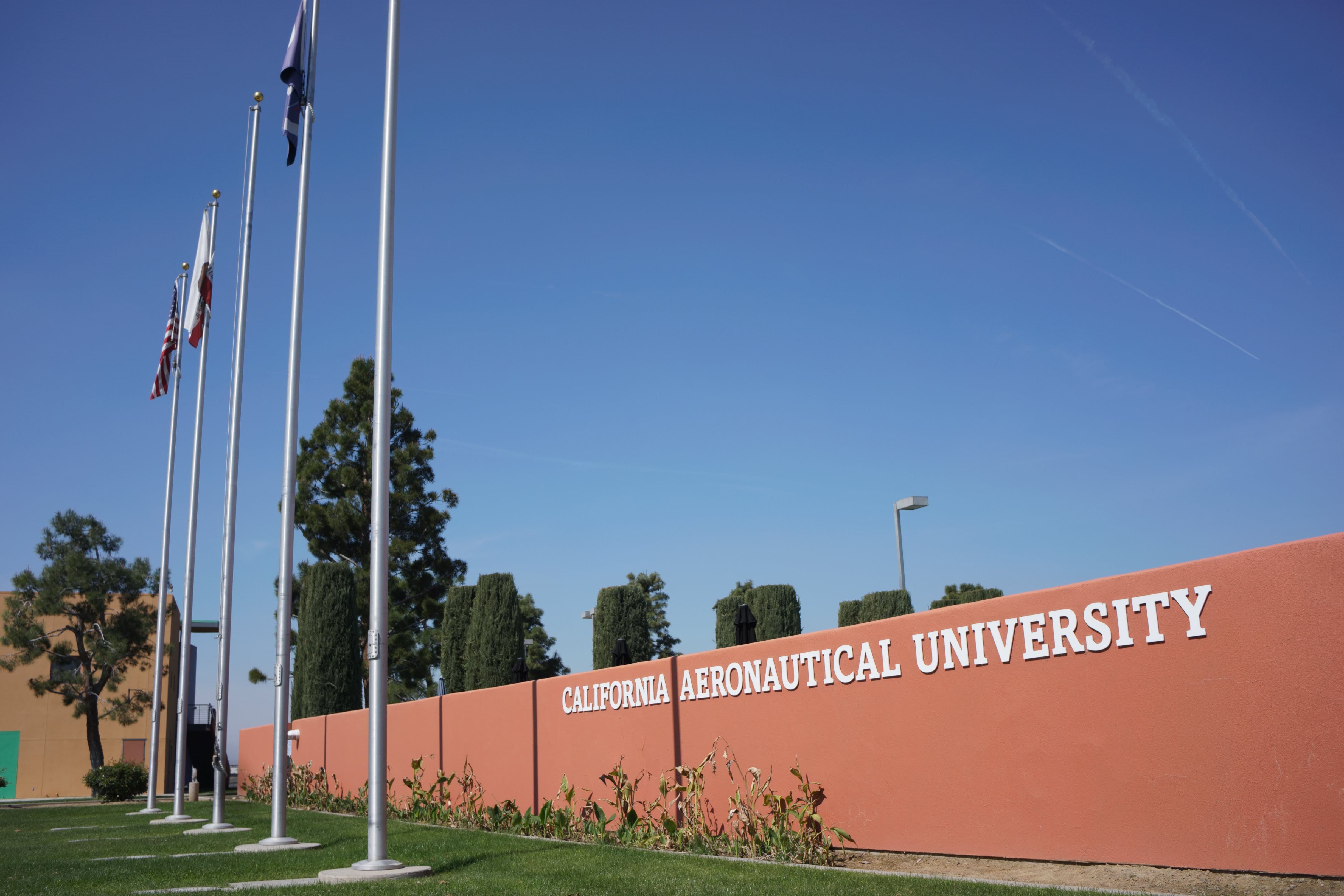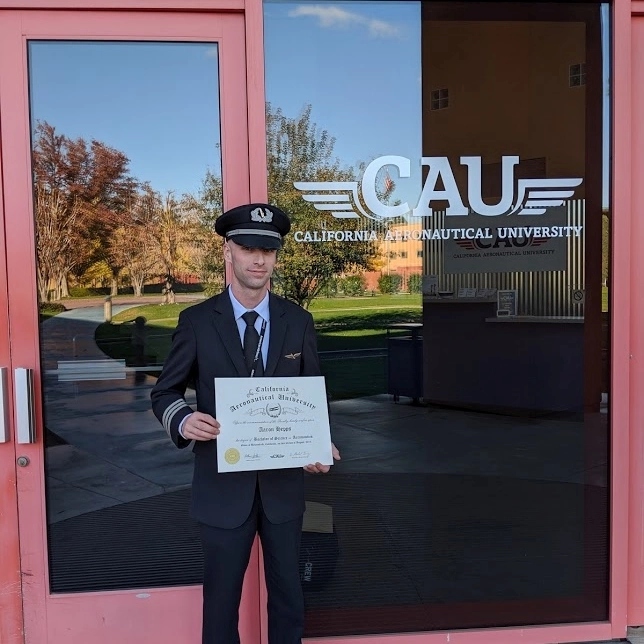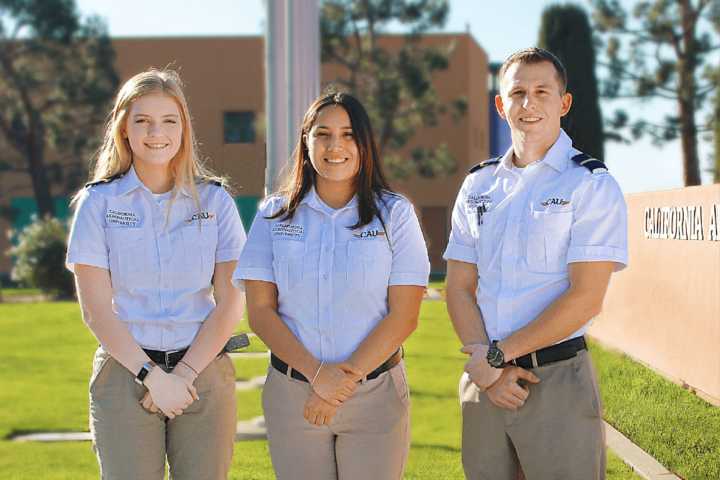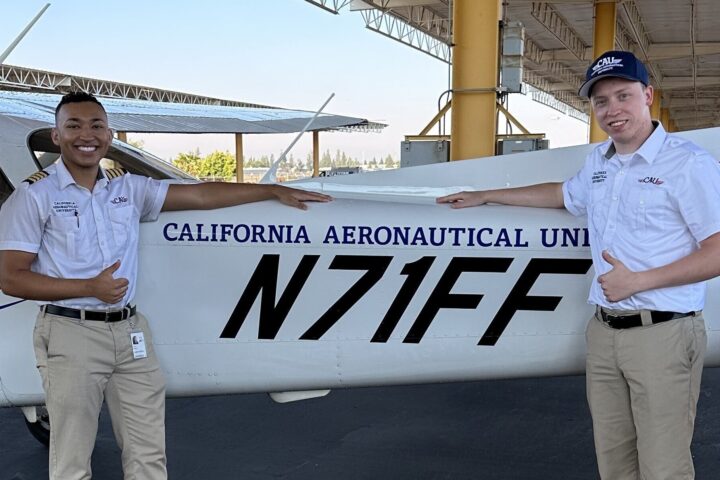Pilots necessarily have a significant aeronautical vocabulary that has been refined for decades. Much of it is formalized in the Pilot/Controller Glossary (Federal Aviation Administration, 2014) and in the Airman’s Information Manual (AIM) (Federal Aviation Administration, 2017). Both of these are published by the Federal Aviation Administration (FAA), which is the governmental arm responsible for overseeing air travel in the USA.
The reason for this specialized vocabulary is to help ensure precision and brevity, both of which are essential for the safe and comfortable conduct of aviation communications.
For people in aviation, the vocabulary is great and, some would say, even fun. Being crisp and complete during radio communications with ATC (Air Traffic Control) generates not only a sense of pride in the pilot but also a sense of comfort. Long-winded, rambling radio broadcasts can actually be problematic since they could preclude a vital instruction or other information being transmitted in a timely way. Some airplanes can move at several hundred miles per hour, and a lot can happen during even one sentence’s transmission.
Sterile Cockpits and Unsterile Environments
In the airlines and in much of corporate aviation, the pilot rarely talks directly to the passengers during flight. In fact, there is a “sterile cockpit” rule that says that there shall be no communication with anyone other than the flight crew and ATC below 10,000 feet indicated altitude. This helps keep the cockpit environment free of distractions, particularly during climbs and descents near the ground,
But what about people flying in “small” aircraft, sometimes called “private planes?” In this case, the passengers may be sitting right next to or right behind the pilot, and oral communications are often frequent between the captain and the passengers. Beyond that, pilots usually love to talk to “regular people” about flying, even if it’s at home or maybe in the restaurant after a flight.
The Problem
When a pilot has his or her head wrapped around aviation, it’s hard to break out of pilot jargon. But that can be pretty off-putting to non-pilots. More to the point, using jargon that a non-pilot does not understand means that the communication is failing.
We are going to need a class bravo clearance shortly after we pierce the mode C Veil. What do you think this means to a non-pilot? One interpretation could be that you’re about to stick something into the mouth of a woman wearing a veil. Of course, that sounds stupid. But, to a pilot, that sentence is very meaningful.
There has to be a solution. And there is.
Pilots Talking To Passengers Unfamiliar With Aviation
If you are a pilot, you should consider how much aviation the person to whom you are speaking knows. If they are new to flying, then you need to think about how you use every day aeronautical phrases. Because not just the vocabulary, but also many of the phenomena of aviation are also completely unknown to non-pilots, your language should be simplified as well.
If you really want to communicate, you need to do it in a way where the non-pilot has a chance of understanding what you are saying and is not offended by your mode of presentation.
There are two primary levels here. One of them is the technical jargon, but the other, more subtle level involves the emotionality of some flying terms. Let’s begin with the latter:
Emotionality of Aeronautical Terms
A prime example of an emotional aeronautical term, as heard by a non-pilot, is the word turbulence. That word conjures up white knuckles holding on to seat rails, with drinks flying all over the cockpit and people being knocked about mercilessly. A lot of people even imagine wings falling off just by hearing the word turbulence.
If you as a pilot decide to talk to a non-pilot about what you know to be turbulence, just call it bumpiness. It means basically the same thing, but it conveys the feeling of perhaps a baby stroller going over pebbles rather than an airplane crashing and burning as it’s torn apart by hellish winds.
Get the idea?
Other aviation-emotional words are virtually any expressions of displeasure or even benign surprise while flying. The pilot saying things like, “Uh-oh,” “Oh, boy,” or “What was that?” can and does scare passengers. Pilots say these things to themselves very often, and they almost always signify something truly harmless.
One solution here is to verbalize the rest of the phrase, not just the expletive or the worry-words. So try things like this:
“Uh-oh, I dialed one digit wrong on the radio.” Or “Oh, boy, I forgot to turn on the strobe lights before rolling onto the runway.” Or try “What was that buzzer? Oh, just an autopilot disconnect sound I hadn’t expected, but I’ll fix it easily.”
Jargon Aeronautical Acronyms and Terms
Did you notice that even in this article, acronyms were explained? For example, instead of just saying “ATC,” it was followed by “(Air Traffic Control).” Using aeronautical acronyms with a non-pilot will often just leave them in the dust. Always explain them or at least say what the letters stand for, and you will have a much more receptive audience. Almost as importantly, listen for questions. Just knowing that ATC means air traffic control does not mean that your non-pilot conversation mate knows what air traffic control is in the first place. You are the authority, but you also must be the teacher if you want to share your interest and love of aviation with someone open and interested enough to talk to you about it.
Think about what it’s like to sit in a high school or college class. One thing you’ll notice is that the more engaged students are raising their hands very often to ask the instructor for a definition or an explanation while the other students sit quietly, often afraid they would be embarrassed by asking a question. Don’t wait for the question. If you say something that has any chance of being misunderstood (and of course if you have time to explain it), then explain it immediately. This is the technique the best professors use, and it will help cement your non-pilot’s interest in and appreciation of aeronautical information and experiences.
Enhancing the Public’s Image and Appreciation of Aviation
The general point of this article has been to help non-pilots understand, experience, and appreciate aviation. As people become increasingly comfortable with it, more will not only want to fly but may even want to become pilots themselves. It is a noble task to engage non-pilots in the special world of aviation.
Ready to soar in your aviation career?
Mr. Matthew A. Johnston has over 23 years of experience serving various roles in education and is currently serving as the President of California Aeronautical University. He maintains memberships and is a supporting participant with several aviation promoting and advocacy associations including University Aviation Association (UAA), Regional Airline Association (RAA), AOPA, NBAA, and EAA with the Young Eagles program. He is proud of his collaboration with airlines, aviation businesses and individual aviation professionals who are working with him to develop California Aeronautical University as a leader in educating aviation professionals.









